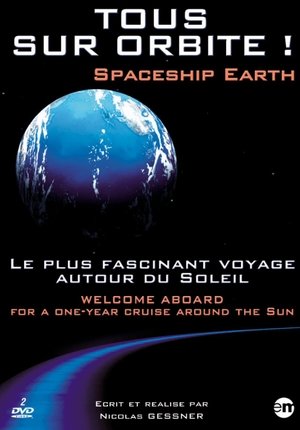
An educational series explaining the operation of the solar system using 3D animation. Its 52 episodes provide a week-by-week description of the operation of the solar system.
Showing Season 1 of 4

Season 1 (Winter)
1997
Spaceship Earth Season 1 (Winter)
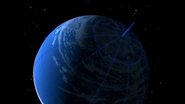
01. Week 1: The Journey Begins (New Year)
1997-05-18
Why it is cold when the Earth is closest to the sun. Why we see Venus in the morning. The planets are close, the stars unreachable.
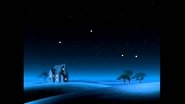
02. Week 2: Travelling in the Solar System (Early January)
1997-05-18
Day and Night. A gigantic Sun with tiny planets. A look at the Zodiac. The solar system is the present; the stars are the past.
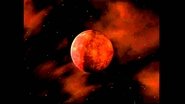
03. Week 3: The Moon, Our Companion (Mid-January)
1997-05-18
The Sun is on time but the Moon is late. Why we see the Moon as a crescent. The half-moon crosses the Earth's orbit. Where the Moon came from. The Moon: Delay in space and Time.

04. Week 4: The Full Moon (Late January)
1997-05-18
Discovering Mercury. Distant moons of other planets. Why we always see the same side of the Moon. Why we see the Sun so low but the Moon so high.
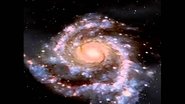
05. Week 5: Earth's Rotation (January/February)
1997-05-18
Earth's Rotation. The Moon shows us where Mars is. Copernicus: The Earth in orbit. Why the Earth turns. Crossing time zones.

06. Week 6: Copernicus and Kepler (Early February)
1997-05-18
Hidden planets. Kepler discovers the planets' timetable. The Earth moves more quickly in Winter. Earth overtakes Mars. Why we have two tides every day.
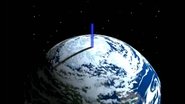
07. Week 7: Gravity (Early/Mid-February)
1997-05-18
Why the Earth is round. Newton's apple. Why the Earth does not fall into the Sun. Three minutes more Sun every day. Sundials and the Earth's axis. Comets.
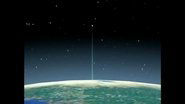
08. Week 8: The Stars (Mid-February)
1997-05-18
Columbus and the Pole Star. Earth wobbles over the centuries. The imaginary 'heavenly vault'. The Sun, our star. Infinitely large to infinitely small.

09. Week 9: The Calendar (Late February)
1997-05-18
Leap Days: The Earth misses a quarter of a day. Gregorian and Orthodox calendars. Solar and lunar calendars. Solid and gaseous planets.

10. Week 10: Waning Moon and Solar Eclipses (Early March)
1997-05-18
The half-moon shows where we are going. Where the stars go during the day. The Moon and the planets: The Sun's invisible companions. The Moon's shadow on the Earth: Solar Eclipses.
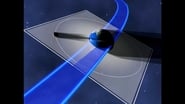
11. Week 11: Eclipses and Occultations (Mid-March)
1997-05-18
Annular solar eclipses. Partial solar eclipses. The Moon eclipsed in Earth's shadow. Occultation of Aldebaran.



